The formation of land is carried out by modifying old plots and creating new ones. This is implemented by the appropriate decision by the authorities. In order for the formation to be carried out properly, it is necessary to follow the established requirements. This procedure ends with the creation of a new land plot and the assignment of an identification number to it.
Grounds
According to Art. 11.2 of the Land Code, there are different ways in which the formation of land occurs. These include the following:
- Creation of allotments not exploited and owned by the state or municipality.
- Artificial land formation at public facilities that are part of the water fund through the reclamation or import of soil. After commissioning, the site is considered created.
- A section refers to the possibility of creating two or more allotments from one. Cadastral formation of a land plot is carried out by contacting a geodetic organization that performs land surveying and sets new boundaries between the plots. The previous owner remains the owner or the allotment is transferred to several owners. The old site ceases to exist.
- Allocation becomes possible if there is a corresponding desire of at least one of the participants in shared ownership. As a result, he gets all the rights to his share, and the boundaries of the previous section are changing.
- The formation of land is carried out by signing an agreement between the owners. As a result, several former plots cease to exist as separate plots. At the same time, persons have the right to joint ownership. An application to the registration authority to complete this procedure can be submitted even by one of the owners.
- When redistributing between owners, land plots are formed with new borders by decision of state bodies. To this end, measures are being taken to identify owners of actual or registered, presence or absence of encumbrances. Persons whose plots are being converted must agree to this procedure.
New plots are formed from existing ones. At the same time, the former sites cease to exist. In addition, they can be created in state and municipal territories that have not yet been commissioned.
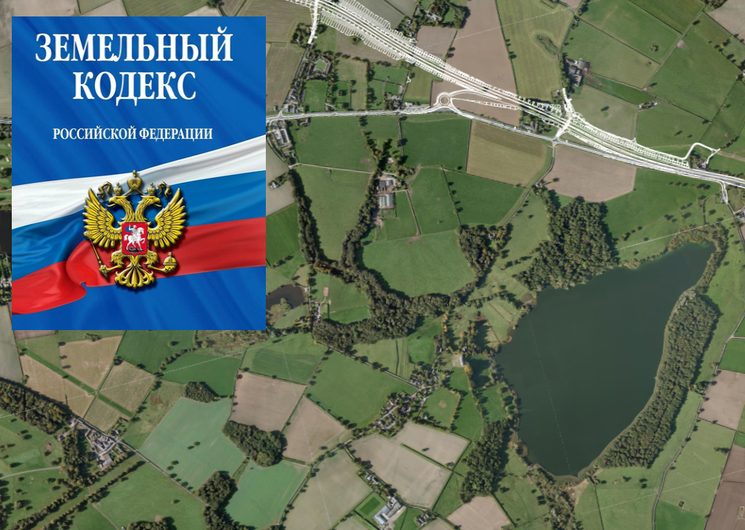
Conditions
The formation of land is accompanied by a number of requirements. The main ones include the following:
- The size of the allotment should be within the framework established by the urban planning regulations. An exception may be cases where the site belongs to a natural object or cultural heritage.
- Borders are not superimposed on municipal lands, including settlements, nature conservation areas, and zones intended for mining.
- The formation of the boundaries of the land cannot block the passage to the buildings.
- The new allotment must be applied according to its intended purpose.
- Broken borders as well as wedges should be avoided. Land should be convenient for building up with different objects.
If the conditions are violated, this prevents the effective use of land. Such actions may be appealed.
Required documents
When a new site is formed, it is registered and registered at the same time.For this purpose, the following documents must be submitted to the authorized body:
- statement;
- documents confirming ownership of land;
- the consent of others if necessary (for example, spouse);
- documents on the conduct of the surveying procedure;
- permits allowing the exploitation of land;
- a land survey project agreed with other owners if the land is in shared ownership.
If there are several people who want to change borders, to merge or reallocate the site, additional documents will be required to be submitted to the registration authority that confirm their intention.
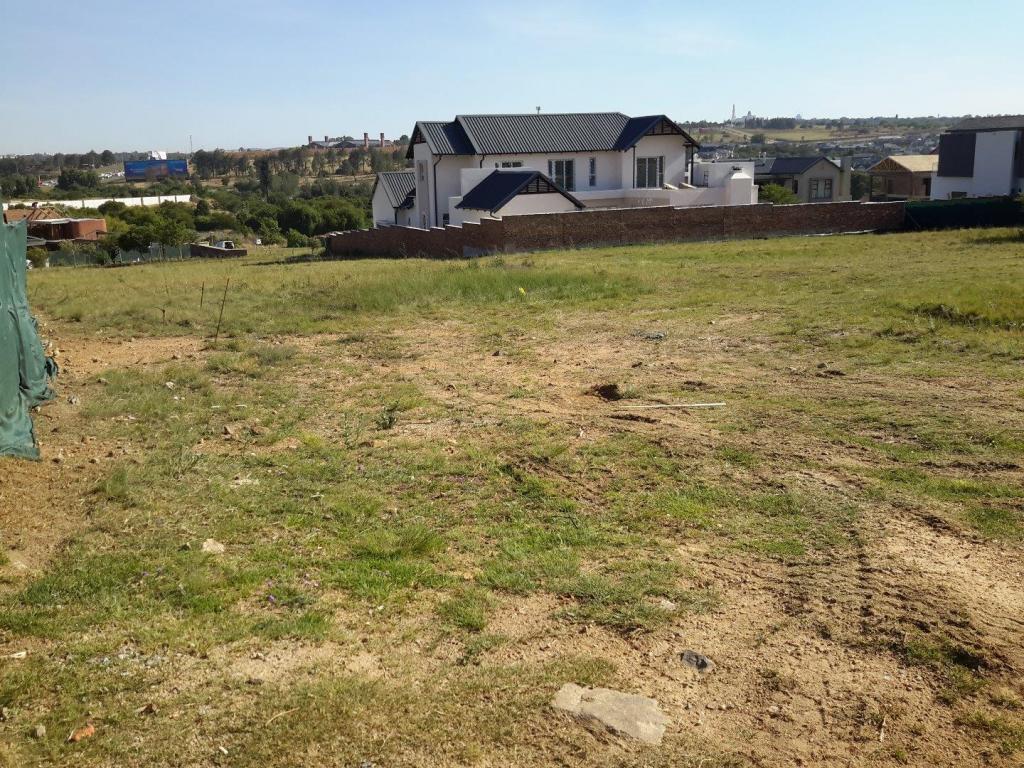
Highlight and section
The main difference between these methods is that in the division the old allotment ceases to exist, while in the selection it only changes.
The section is entitled to sell the following persons:
- engaged in land development in accordance with the terms of the contract;
- being owners on the basis of common ownership rights;
- members of a non-profit organization, for example, a horticultural partnership;
- municipalities and state bodies (if these are land plots of municipalities or belong to the state);
- Allotment is only entitled to owners in relation to shared ownership, MKD premises do not apply to this rule.
Both the section and the allotment are impossible if the land or immovable objects on it are indivisible. This is explained by the fact that as a result of the procedure, land cannot be used in accordance with the intended purpose. In case of co-ownership, each participant has the right to terminate this procedure and demand to allocate or divide the share due.
In the formation of land allotments, drawn up in joint ownership, the co-owners must first resolve the issue with the shares that are due to everyone if they want to end the joint ownership. Section and separation is carried out in accordance with the agreement between the parties, and if this is not possible, court decisions.

The formation of a land plot owned by the municipality is carried out within the former borders. In this case, the owner or tenant has the right to submit an application for approval of this allotment on the inventory plan. A scheme and copies of documents of title are also provided if the plot is not yet registered in the USRN. The scheme is approved within a month.
Applicants may themselves draw up a land plan for the formation of land plots, including multi-contour plots. These include schematically complex sections created from several. They can be interspersed, be divided, not touch (for example, when separated by a road) and so on. This area is assigned one identification number. Transactions are carried out as with one allotment.
Both grounds forming new sites are subject to the registration procedure. They receive cadastral numbers, and the owners have the right to dispose of the land at their discretion (but within the framework of the current law).
Union
New properties can be created by one or more owners. The previous allotments cease to exist, and instead of them a common land plot appears, which is drawn up for one or more owners. This procedure is common for the following reasons:
- it is impossible to receive benefits at several sites;
- a large house on two plots cannot be built;
- the price of one larger plot increases;
- one owner will not have to deal with individual papers for different plots;
- the value of land tax is reduced.
In order to form new plots, owners submit a statement of intent. As a result of the association, property becomes common, and therefore leads to certain restrictions. However, this method allows you to solve various problems.
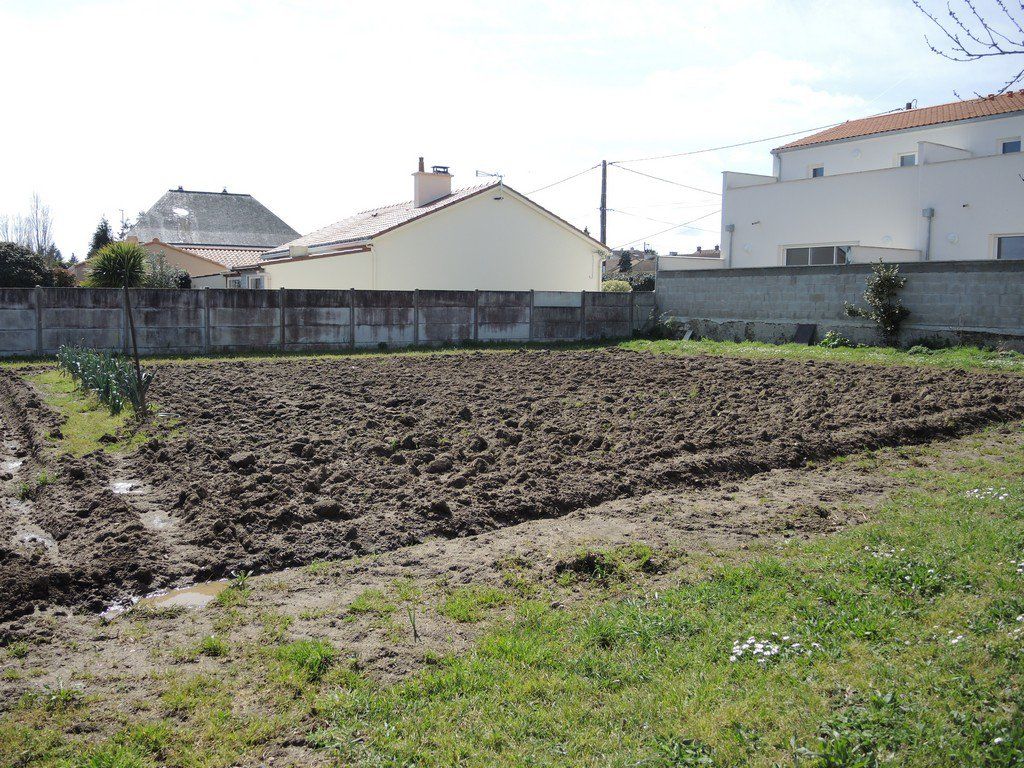
Association Terms
In the formation of allotments through the union should be consistent with the following requirements:
- The presence of the same status. For example, it will not be possible to combine the allotment, which is in perpetual possession and the leased land.
- The presence of common borders.
- Borders should be clearly defined. Then you do not have to call the cadastral engineer to the object.
- Plots belong to the lands of one category.
- There should be land on the territory of the municipality.
- Compliance with the requirements for the creation of new sites.
Redistribution
Land in the ownership of municipalities in certain cases can be redistributed. These include the following:
- Allotments are not owned (private or public). Authorities enter into an agreement or a decision is made individually.
- Some of the allotments that are redistributed belong to the state or municipality, and the rest does not belong to anyone.
- Redistribution is carried out by one body in charge of which there are lands.
The subjects can agree on the procedure, or one body has the right to make a sole decision. All boundaries are specified and approved.
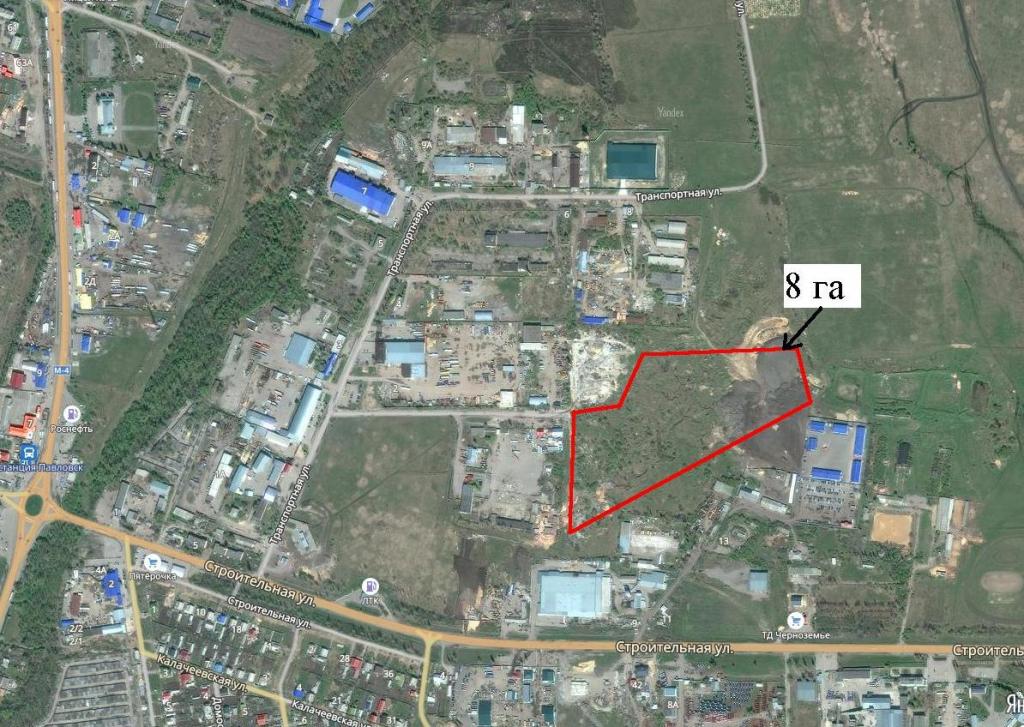
Redistribution of land owned by the state, municipality or private individual is possible in the following cases:
- When carrying out activities with the aim of developing the territory, so that the boundaries of the plots correspond to the drawn up surveying projects.
- For leveling borders (for expanding privately owned allotments).
- For distribution between private owners (also when expanding borders).
- When taking land for public use.
This procedure is carried out on the basis of concluded agreements between land owners. The authorities make a calculation, according to which an additional payment is made for increasing the size of the site. For the purpose of redistribution, a project or a scheme is prepared, where the location of the object is displayed.
Royalty-free transfer allotment
The municipality and state body may carry out free transfer and formation of land plots. Land law provides an exhaustive list for this. For example, it includes large families, as well as charitable and religious organizations.
The transfer of ownership is provided by law. Redistribution is carried out exclusively subject to the grounds of law and the availability of supporting documents.

Part of the allotment of land
Part of the plot is also recognized as a separate land object. The right to it arises in the following situations:
- When buying a house or other immovable object located in a foreign territory. In this case, the new owner receives the right to part of the allotment, where the building is located.
- When renting out.
- When applying easement to a portion of the allotment.
- When imposing an encumbrance on a part of the allotment.
Regardless of the situation, in order to recognize part of the land as a separate object, it is necessary to carry out the registration procedure and enter the relevant data into the Rosreestr. For this purpose, land surveying is carried out, a border plan is drawn up and part of the allotment is put on cadastral registration.
Land adjacent to the apartment building
Owners of apartments in the house are co-owners of such land as well as buildings located nearby. If the corresponding land plot is not included in the register of real estate, then co-owners of apartments should actively deal with this issue.
Land plots on the territory of the municipality can be issued as follows:
- Holding a general meeting.
- Making the appropriate decision.
- Drafting a statement.
- Submission of an application to the registration authority through the responsible person.
- Preparation of a land survey project by a cadastral engineer.
- Registration.
Before forming the allotment, apartment owners have the right to use it to the extent that is required for normal operation of the house.
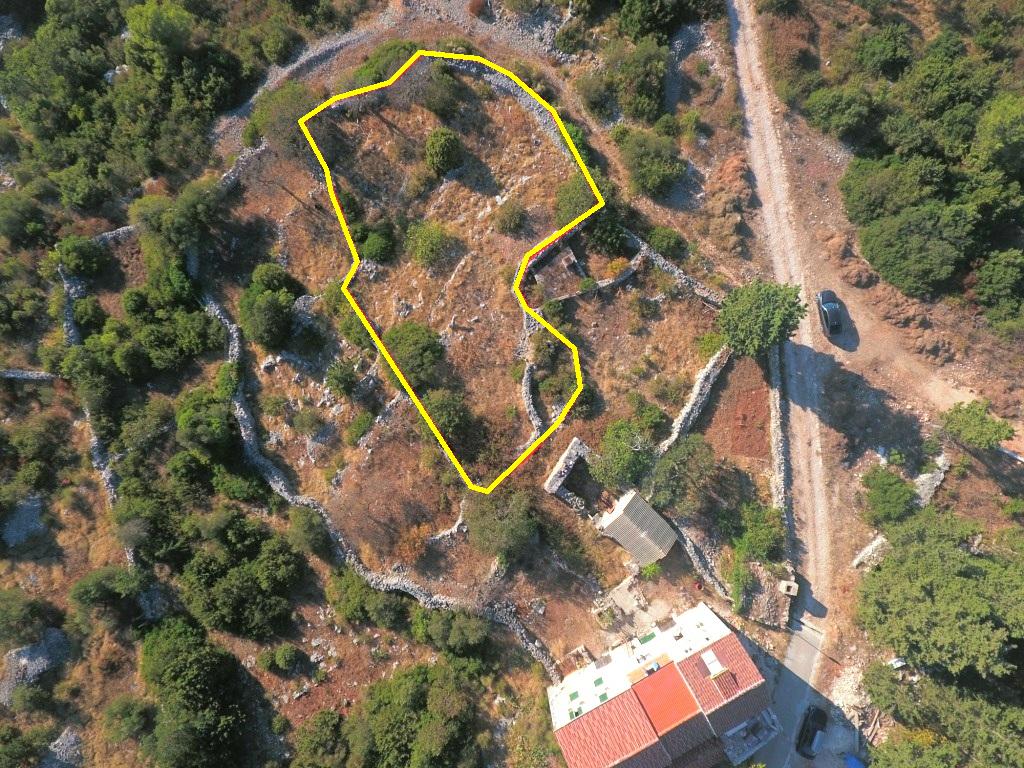
Conclusion
Thus, the creation of land is carried out on various grounds. Depending on this, the procedure may differ. One way or another, an educated allotment of land must be registered and registered.
